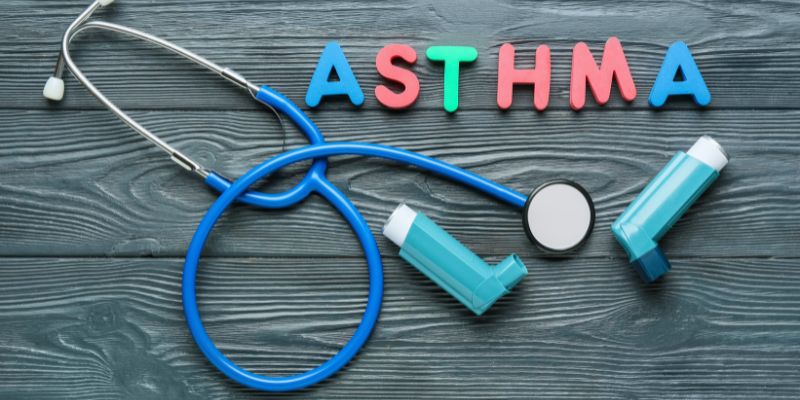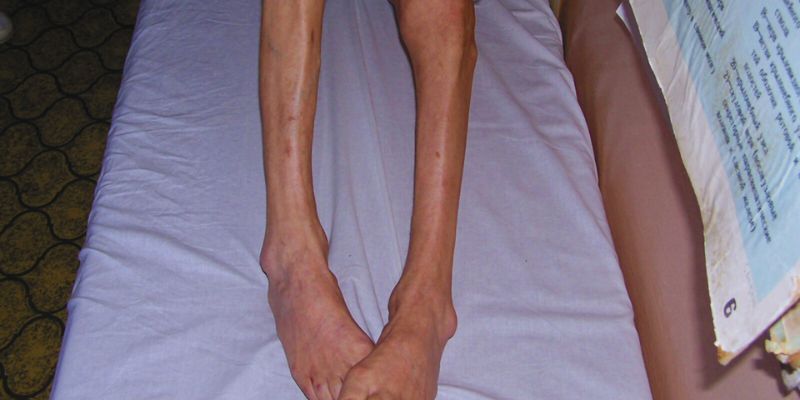Velocardiofacial Syndrome: What Are the Symptoms and How to Recognize Them
Advertisement
A genetic disorder with varied symptoms is a velocardiofacial syndrome, which many people and children struggle with. The condition influences the palate, face, and heart. Families seeking help sometimes find it presented differently. Improved results depend on the early identification of problems. Understanding velocardiofacial syndrome indicators guides appropriate treatments. Doctors refer to this disorder as a symptoms of velocardiofacial syndrome. People struggle with social issues and learning disabilities.
Anxiety and communication difficulties could follow from the syndrome. Good diagnosis and treatment help to reduce daily challenges. Knowing this syndrome helps one to treat it better and provide family support. Our guide clearly states important indicators and managerial choices. The material helps patients and caregivers make wise health decisions for long-term results.
Understanding Velocardiofacial Syndrome
A complicated hereditary condition with several physical and cognitive difficulties in detail is velocardiofacial syndrome. The illness alters the palate, heart, and face's structure in important ways. Families often deal with emotional stress when symptoms show up out of the blue in early childhood phases under care. These days, doctors employ genetic tests to verify the diagnosis and precisely assess the degree of the condition. Variations in velocardiofacial syndrome symptoms among individuals call for individualized treatment regimens for development.
Early diagnosis can help people to have a better quality of life and manage their conditions. Parents and other caregivers must be alert for daily minute indicators and uncommon developmental delays. Professionals work closely to offer affected families committed dedication, care, and assistance. Constant research helps us to grasp the condition better and guides the next therapy plans for development. Every family should know the important facts regarding velocardiofacial syndrome, highlighted in this overview.
Common Physical Symptoms
Many people very obviously exhibit visible cleft palate and unique facial traits as physical symptoms. Heart defects are commonly found as structural anomalies during early medical examinations. For infants with velocardiofacial syndrome, growth delays, and feeding problems can influence their first months. Children with this disorder are generally shown to have unique ear forms and dental deformities. Patients may have speech problems that seriously interfere with social contact and communication at a school.
Eye issues might arise, and regular visits are needed to assess vision and development for safety. Many of the afflicted children need routine medical follow-ups and show bodily symptoms along with skin anomalies. Some children have cleft lip or palate requiring immediate care and surgical treatment. Dealing with problems and continually improving long-term health results generally depend on constant monitoring of physical growth. These typical physical symptoms are recorded by doctors to direct treatment and assist every patient efficiently nowadays.

Cognitive and Behavioral Signs
Cognitive disorders often involve learning difficulties and memory impairments in afflicted people regularly. During childhood and adolescence, highly prevalent behavioral indicators include anxiety, impatience, and social disengagement. Many children suffer from attention problems that compromise daily activities and academic achievement. Some people have speech difficulties that, in social and educational environments, especially, impede good communication. Common and often resulting in irritation and occasional outbursts in conduct is emotional dysregulation.
Cognitive disabilities are found by educational tests, which advise tailored learning plans for achievement. Parents say their youngsters usually display symptoms of hyperactivity and trouble staying focused on things. Over time, behavioral treatment can help manage symptoms and rapidly increase social skills. Tracking cognitive and behavioral change across the patient's development depends on regular psychological assessments. Early intervention and greatly improved general functioning depend on knowledge of cognitive and behavioral indicators.
Challenges in Diagnosis
Given its erratic appearance and overlapping symptoms somewhat frequently, velocardiofacial syndrome diagnosis is difficult. Medical practitioners must meticulously review patient histories and assiduously do extensive physical tests for diagnosis. The syndrome's symptoms can resemble those of other disorders, which causes uncertainty in clinical environments, calling for additional testing. Confirming the diagnosis and directing appropriate treatment plans depend mostly on genetic testing. Many patients live years of uncertainty before getting a precise diagnosis and suitable treatment.
Clinical variation makes identifying particular symptoms peculiar to velocardiofacial syndrome difficult without an expert. Understanding the danger and recurrence of the condition depends on the family's genetic background. Some cases call for interdisciplinary assessments to handle the spectrum of symptoms noted by professionals. Delayed diagnosis sometimes means lost chances for early intervention and uncomfortable supporting therapies. Better diagnosis techniques depend on reducing delays and guaranteeing timely medical management for patients.

Management and Treatment Options
Velocardiofacial syndrome management calls for a multimodal strategy and coordinated medical treatment supported by family presence. Treatment choices are catered to every patient depending on their symptoms and requirements. Surgical treatments can fix cleft palates or lip abnormalities and address heart issues when needed. Professionals advise speech treatment to enhance communication abilities and to handle language delays. With proven results, behavioral therapy and counseling help impact children's social and emotional development.
Over time, educational support services enable academic success and aid in solving learning challenges, therefore advancing society. Regular monitoring and follow-up care can adjust treatment and continued management of developing symptoms. Counseling sessions that provide direction and emotional support during trying circumstances help families regularly. Pharmacological treatments could efficiently control related disorders, including attention impairments and anxiety, nowadays. For families, a thorough care plan enhances quality of life and helps to foster long-term development.
Supporting Families and Caregivers
Managing velocardiofacial syndrome and helping affected people depend much on families and caregivers. Regular specialized care needs and continuous medical treatments create both emotional and financial difficulties. Parents often look for educational materials to grasp the situation better and offer appropriate daily support. Support groups often support during trying circumstances and link families experiencing similar challenges. Caregivers today must schedule appointments and properly manage treatments by closely working with doctors.
Schools are crucial in allowing for learning difficulties and offering individualized success-oriented educational plans. Counseling services give direction and assist families in negotiating the emotional toll of a long-term illness. Programs for financial aid abound to help pay for specialist medical treatment and choices of solutions. Increasing knowledge of velocardiofacial syndrome guarantees increased understanding and better resources for afflicted families. Strong support systems greatly improve the welfare of patients and their caregivers.
Conclusion:
Early care is needed for velocardiofacial syndrome since it causes different symptoms affecting several facets of patient health. For everyday patients, timely diagnosis and intervention greatly enhance outcomes and quality of life. Understanding the symptoms of velocardiofacial syndrome and its consequences helps families under professional direction. Early identification of velocardiofacial syndrome helps to provide suitable medical treatment and supporting therapies for better futures. This guide gives families precise instructions and helps them manage the disease properly. Continuous research and better policies promise a better future for all impacted people.
Advertisement












